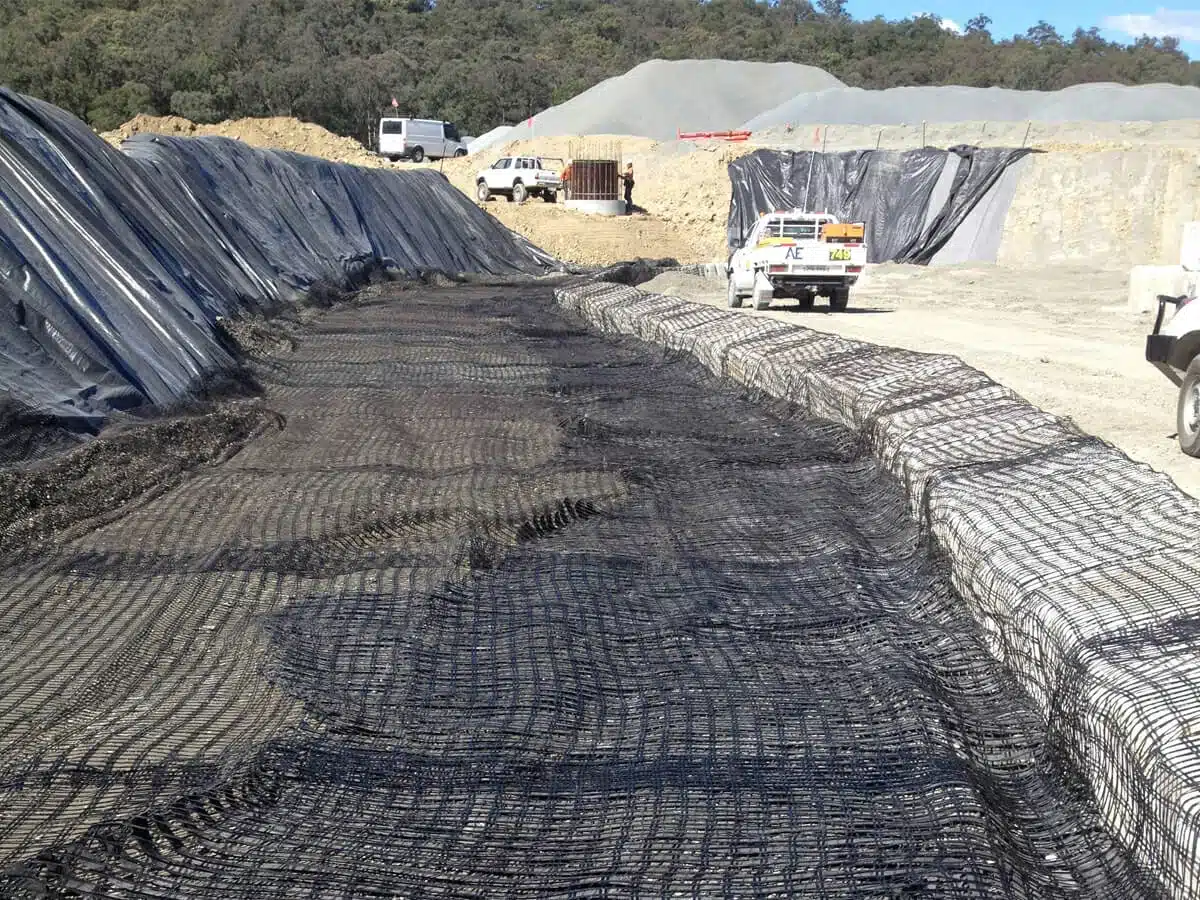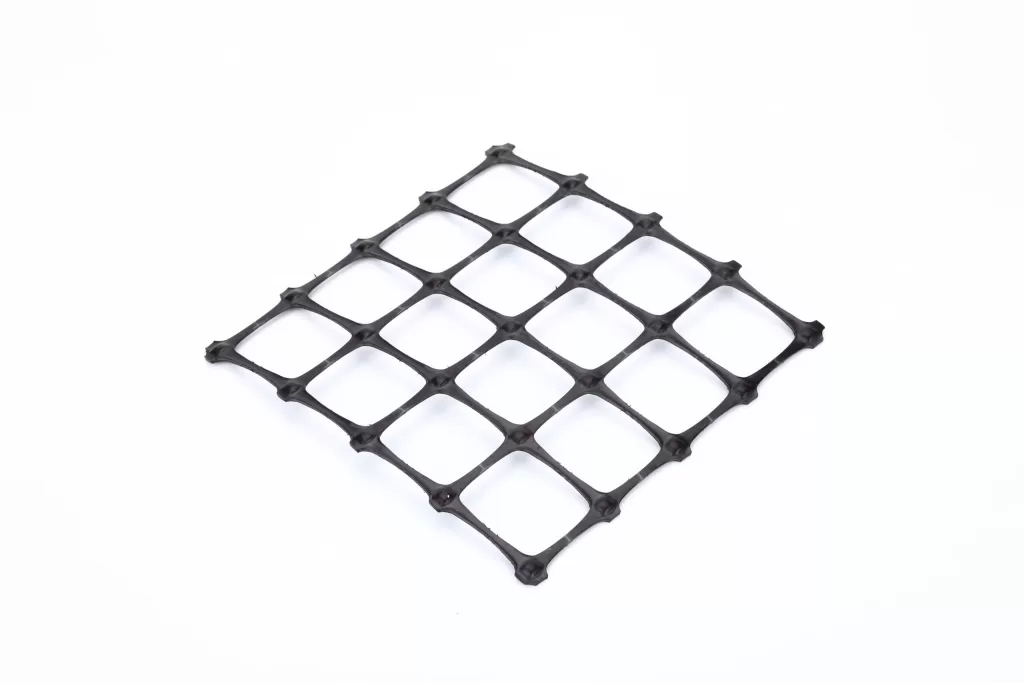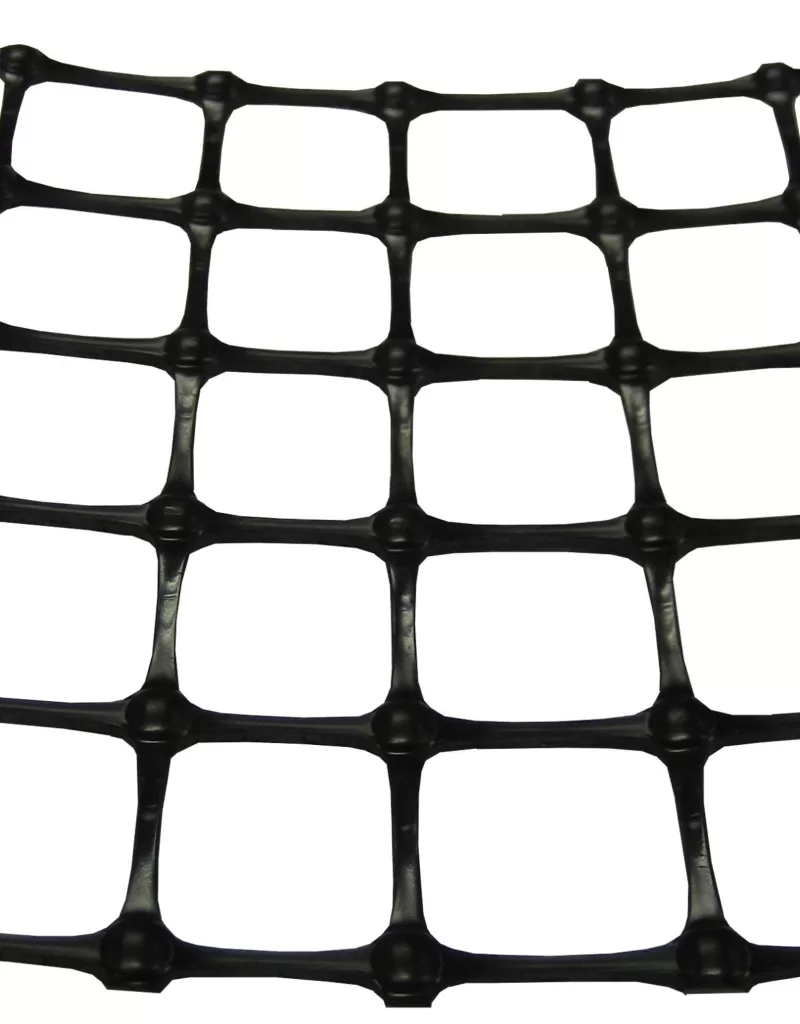How Geogrids Enhance Soil Stability in Construction and Engineering
Geogrid soil stabilization is a vital technique in civil engineering and construction that utilizes geogrids to enhance the strength and stability of soil structures. Geogrids are geosynthetic materials made from polymers that reinforce soil by providing a grid-like framework. This innovative method is particularly effective in areas where traditional soil stabilization methods may fall short, helping to reduce soil erosion, increase load-bearing capacity, and improve overall site performance.
What is geogrid soil stabilization?
Geogrid soil stabilization involves the integration of geogrids into soil structures to improve their mechanical properties. The geogrids, which have apertures (openings) that allow granular materials to interlock, work by distributing loads across a larger area, thereby minimizing localized stress on the soil. This process enhances the soil’s resistance to deformation and provides greater stability for roadways, embankments, and retaining walls. By interlocking with the surrounding soil, geogrids create a composite structure that effectively mitigates issues such as settling and sliding.

What is a geogrid-reinforced soil structure?
A geogrid-reinforced soil structure is a composite system where geogrids are embedded within the soil to create a more robust framework. This reinforcement not only increases the soil’s load-bearing capacity but also helps provide additional strength, control erosion, and increase the overall stability of the structure, making it suitable for supporting heavy loads, such as vehicular traffic or large structures. The geogrid acts as a tension member that holds the soil in place, preventing movement and failure. The effectiveness of this structure depends on factors such as the type of geogrid used, soil properties, and environmental conditions.
What is the function of a geogrid?
The primary function of a geogrid is to reinforce soils and similar materials by providing lateral confinement and distributing loads effectively. This reinforcement helps prevent soil erosion, reduces the risk of failure in slopes, and increases the stability of retaining walls and pavements. Additionally, geogrids can improve drainage by allowing water to flow through the soil structure while maintaining its integrity. This dual function of load distribution and drainage makes geogrids an invaluable tool in modern engineering practices.
When should you use geogrid?
Here’s the edited version of your paragraph:
Geogrids should be used in various scenarios, including:
- Road and pavement construction: When building roads in weak or unstable soil conditions, geogrids can provide the necessary support and prevent deformation.
- Embankments and slopes: To enhance stability and reduce the risk of landslides, especially in areas with steep terrain.
- Retaining walls: Geogrids can improve the performance of retaining walls, especially those taller than three to four feet, by providing additional support and preventing soil movement.
- Landfills and waste containment: In waste management applications, geogrids help maintain the integrity of the site by controlling erosion and stabilizing slopes.
Geogrid soil stabilization is an effective solution for enhancing the strength and stability of soil structures in a variety of engineering applications. By understanding the function and benefits of geogrids, engineers can make informed decisions about when and how to use this technology. Whether it’s for road construction, slope stabilization, or retaining wall reinforcement, geogrids provide a reliable means to improve soil performance, ensuring the longevity and safety of infrastructure projects.



Comments
Post a Comment